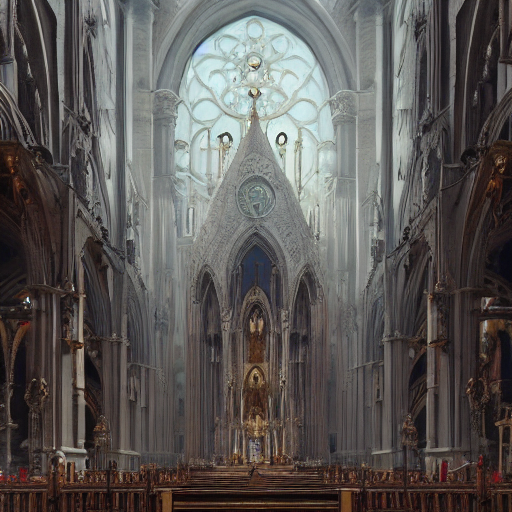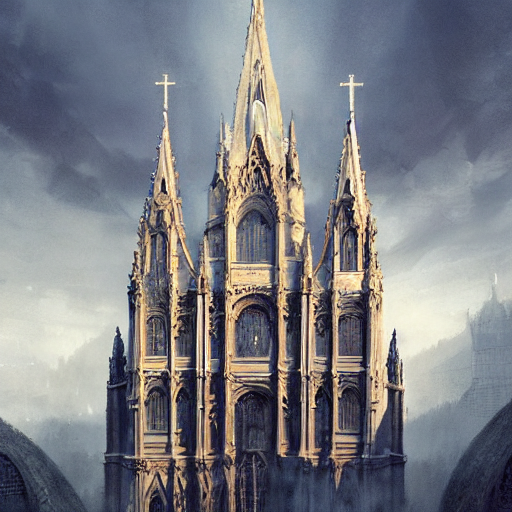The Role of Tradition in Catholic Decision-Making: A Look at Changes in Worship and Practice


The early Christian Church underwent many changes over the centuries, and the Catholic Church played a significant role in many of these changes. Some of the most notable changes made by the Catholic Church during the early years of Christianity include:
- Development of Church hierarchy: The Catholic Church created a hierarchical system that included bishops, priests, and deacons. This structure was modeled after the Roman Empire’s administrative system and helped to create a centralized authority within the Church.
- Creation of the Canon: The Catholic Church determined which books were considered part of the Bible and which were not. This process resulted in the formation of the Canon, which became the standard set of books accepted by the Church.
- Adoption of Latin as the official language: The Catholic Church adopted Latin as its official language, which helped to create a uniformity of liturgy and doctrine throughout the Church.
- Establishment of monasticism: The Catholic Church established monasticism, which involved living a life of contemplation and prayer in a monastic community. This helped to create a culture of learning and scholarship within the Church.
- Creation of the sacraments: The Catholic Church established the seven sacraments (Baptism, Eucharist, Confirmation, Penance, Anointing of the Sick, Holy Orders, and Matrimony), which became central to Catholic worship and spiritual life.
- Development of Christian art and architecture: The Catholic Church encouraged the development of Christian art and architecture, which helped to spread the faith and create a visual representation of Catholic doctrine.
Overall, the Catholic Church played a significant role in shaping the early Christian Church, and many of the changes it made continue to influence Catholicism and Christianity as a whole today.
What were the changes of the calendar and Gods Holy days…
The Catholic Church made several changes to the calendar and the observance of holy days over the centuries. Some of the most notable changes include:
- Adoption of the Gregorian calendar: In 1582, Pope Gregory XIII introduced the Gregorian calendar, which replaced the Julian calendar that had been in use since Roman times. The new calendar corrected some of the errors in the Julian calendar and adjusted the date of Easter.
- Establishment of the liturgical calendar: The Catholic Church created a liturgical calendar that outlines the seasons and holy days of the Church year. This calendar includes major feasts such as Christmas, Easter, and Pentecost, as well as lesser-known holy days.
- Changes to the observance of Easter: The Catholic Church changed the way Easter was calculated and celebrated over the centuries. Originally, Easter was observed on the first Sunday after the first full moon following the spring equinox. However, in 325 AD, the Council of Nicaea established a formula for calculating the date of Easter that is still used today.
- Canonization of saints: The Catholic Church established a process for canonizing saints, which involves investigating their life and miracles and declaring them to be worthy of veneration. This process has led to the establishment of many new holy days, including the Feast of All Saints and the Feast of the Immaculate Conception.
Overall, the Catholic Church has made many changes to the calendar and observance of holy days over the centuries. These changes reflect the Church’s ongoing efforts to adapt to changing times and to better serve the spiritual needs of its followers.
How and when was the Sabbath day changed…
The Sabbath day, which is traditionally observed on Saturday, was not changed by the Catholic Church. However, the Catholic Church did change the day of worship from Saturday to Sunday, which is known as the Lord’s Day.
The change from Saturday to Sunday as the day of worship was a gradual process that occurred over several centuries. The earliest Christians continued to observe the Sabbath on Saturday, as they were still practicing Jews. However, as Christianity began to spread throughout the Roman Empire, many Christians began to worship on Sunday, which was the day on which Jesus was said to have risen from the dead.
In the early fourth century, Emperor Constantine issued the Edict of Milan, which granted religious freedom to Christians throughout the Roman Empire. This allowed Christianity to grow and flourish, and many Christians began to observe Sunday as the Lord’s Day.
The Council of Laodicea, which was held in the mid-fourth century, officially recognized Sunday as the day of worship for Christians. This decision was based on the belief that Sunday was the day of the Resurrection and was therefore the most appropriate day for Christians to gather for worship.
Overall, the change from Saturday to Sunday as the day of worship was a gradual process that occurred over several centuries, and it was not a decision made by the Catholic Church alone, but by the wider Christian community as a whole.
Where in the catholic church does it say the reason for changing the sabbath day…
The Catholic Church does not officially claim to have changed the Sabbath day. Instead, the Catholic Church observes Sunday as the Lord’s Day, which is considered to be a day of rest and worship in honor of the Resurrection of Jesus Christ.
The Church recognizes that the Sabbath, which is traditionally observed on Saturday, was instituted by God in the Old Testament as a day of rest and worship. However, the Church also recognizes that the Resurrection of Jesus Christ took place on Sunday, and that the early Christian community began to observe Sunday as the Lord’s Day in honor of this event.
The Catechism of the Catholic Church, which is the official compendium of Catholic doctrine, explains that “the celebration of Sunday observes the moral commandment inscribed by nature in the human heart to render to God an outward, visible, public, and regular worship as a sign of his universal beneficence to all” (CCC 2176). In other words, the Catholic Church observes Sunday as the Lord’s Day as a way of honoring God and expressing gratitude for His blessings.
Overall, while the Catholic Church does not claim to have changed the Sabbath day, it does observe Sunday as the Lord’s Day in honor of the Resurrection of Jesus Christ.
What gives this church the authority to do so….
The Catholic Church believes that it has the authority to establish Sunday as the Lord’s Day and to make other decisions regarding the worship and practice of the Church based on its understanding of divine revelation, scripture, and tradition.
The Catholic Church traces its authority back to the apostles, whom Jesus Christ appointed as the foundation of the Church. The apostles passed on their authority to their successors, the bishops, who continue to exercise this authority today.
The Catholic Church also believes that it has been guided by the Holy Spirit in its decision-making throughout history. This guidance is known as the Magisterium, which is the official teaching authority of the Church.
According to Catholic teaching, the Magisterium is guided by the Holy Spirit to interpret scripture and tradition and to make decisions that are consistent with the teachings of Christ and the apostles. This guidance is seen as essential for the Church to remain faithful to its mission of spreading the Gospel and building up the body of Christ.
Overall, the Catholic Church believes that its authority to establish Sunday as the Lord’s Day and to make other decisions regarding the worship and practice of the Church comes from its understanding of divine revelation, scripture, tradition, and the guidance of the Holy Spirit through the Magisterium.

